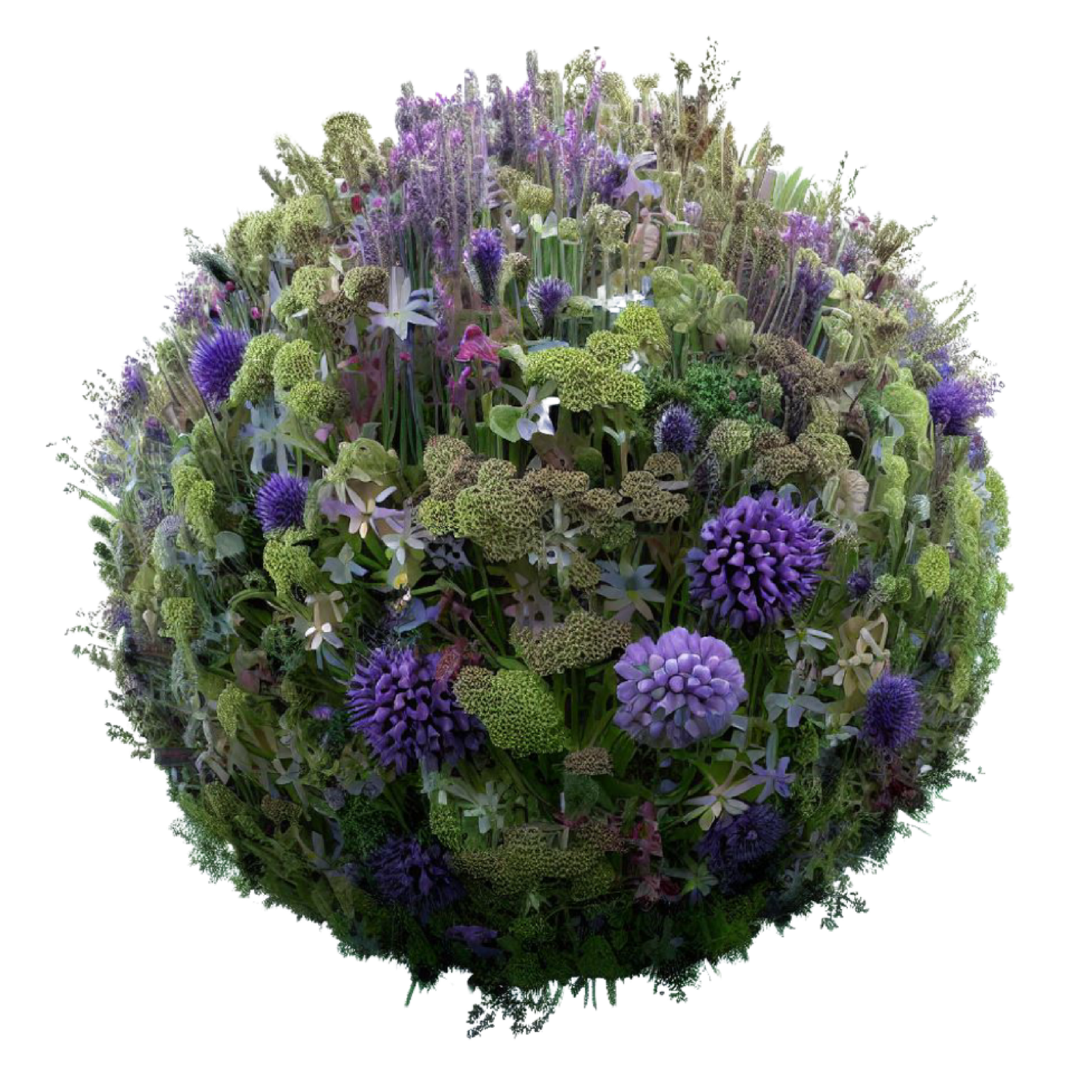What a beautiful time of year to come to this island perched on Italy’s toe. We were lucky to have clear blue skies and the trees were turning gold.

One of the most striking things about the island is the number of wind turbines on nearly every horizon. I rather like them both visually and in terms of what they’re doing – gently and cleanly providing power. However, I don’t know how good they are in reality, as it’s reported that the grid in Sicily is pretty inefficient and there’s also concern that they may be harming migrating birds….

On our second day of our trip we found a hotel in the hills overlooking the sea – Hotel Baglio La Porta. There’s a feeling here that the island is closing – and indeed the hotel told us that their last dinner of the season was the night before our arrival. However, the Zingaro Nature Reserve – Sicily’s first – on their doorstep was closed for another reason – fire.
Caused by criminals, it happened in August and was fuelled by the high temperatures and strong winds, sweeping across the island. The effect was devastating turning the landscape black.. When we peered through the gate, it looked like nature was making a comeback, but it’s not clear how long it will be before it’s fully restored.

As we have travelled across the island we have noticed that there are many fires all over the place. Apparently, it’s common practice here for farmers to use this brutal and dangerous method to clear the land and ironically to create fire breaks. Is this legal – I don’t know…
Much of the farming in Sicily appears to be incredibly destructive. It seems there’s a strong tradition over several generations to strip the land of everything, to plough it and then plant monoculture crops, such as wheat.
We went to stay at the most amazing hotel in the centre of the island – Masseria Susafa. We arrived at night and couldn’t believe how splendid it looked – castle-like walls, beautifully lit, lurking in the trees. And, when we got inside we discovered the huge vaulted rooms which had previously been used by the Catholic Church and after that as a grain store.

The hotel prides itself on serving local produce, much of it from its own land. We had cherry and fig jam, organic olive oil, zucchini, aubergine, homemade ricotta cheese and honey from their own hives.
In the morning we went for a walk across the hills surrounding the property. Sadly, we saw a very different side of the agri-business that has been in the Rizzuto family for five generations. The land is an agricultural desert. Apart from the area immediately surrounding the hotel – an oasis – it has been ploughed thoroughly, right up the mountains and into the margins. A cheery tractor driver waved to us as he motored past churning and turning the soil behind him…

I took a photo of some grasses with seeds on a small bank, thinking that they had been lucky to survive. A few metres on, the grass was smouldering from fire. It should have been a beautiful landscape with its far-reaching views and framed by mountains. But it wasn’t.

You may have seen from other blogs I’ve written that we’ve started a wilding project at our home in Dorset. I’ve spent the last few months working with Operation Future Hope, creating wildflower meadows and habitats for a variety of species from bats to barn owls.

This, as well as reading Isabella Tree’s seminal book ‘Wilding’, has changed the way I look at landscapes. It has made me see so much more and recognise its value in relation to issues like biodiversity, habitats, soil health, erosion, water management and so much more. The benefits are not just at the local level but global too – wilding is a vital tool in the fight against climate change.
Back at Susafa. Following our walk, we were lucky enough to meet the owner – Manfredi Rizzuto. He was refreshing. He didn’t try to defend what was happening on the land, but explained how he was trying to change it. And, later on I interviewed him on camera to capture his thoughts.
He was frank about the challenges he faced – even at odds with his father and other family members. His farm workers too are wedded to the intensive system that is so apparent throughout the region. We drove through the mountains and realised that the farming at Susafa was the norm, rather than the exception. Manfredi told us that he didn’t have many allies in his mission to make the estate more sustainable.

One of the most alarming messages from Isabella Tree and others is that time is running out. Our time in Sicily is coming to an end, as we return to Covid Britain for a winter of discontent. The hope is that the younger generation will turn the tide – and act fast.
We’d like to come back to the centre of Sicily and see more trees – there are hardly any – but less ploughing and no fires. Could Manfedi and Masseira Susafa become sustainability beacons both in the hotel and on the land too? If anyone reading this can help, please get in touch – he could do with some allies.
Sicily – ci vediamo di nuovo – see you again…




0 Responses